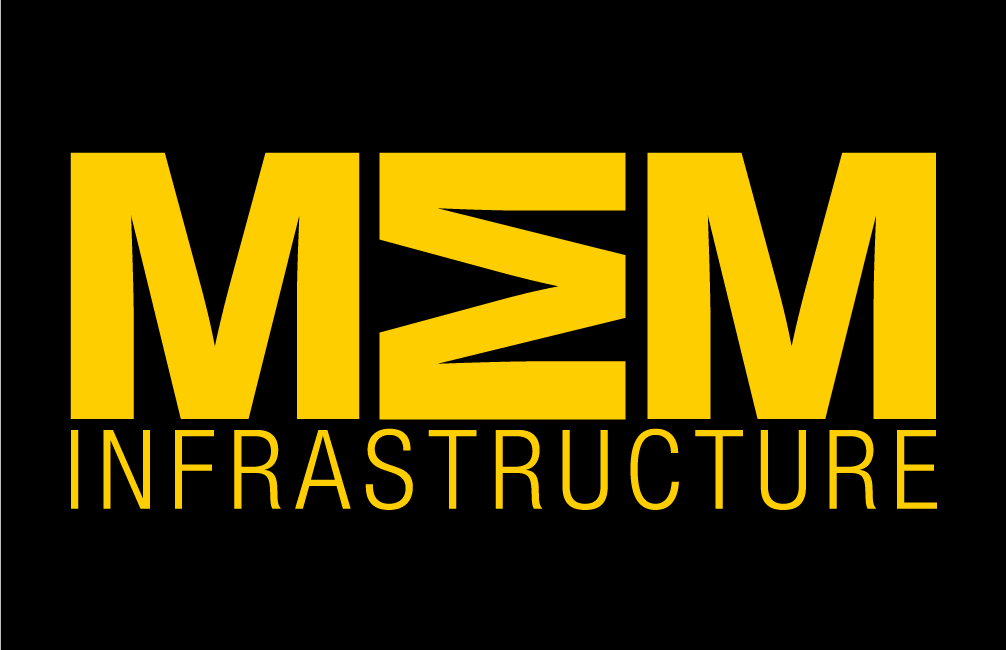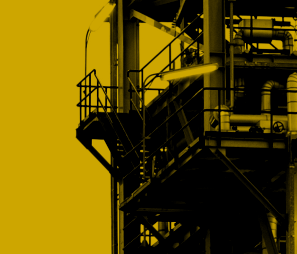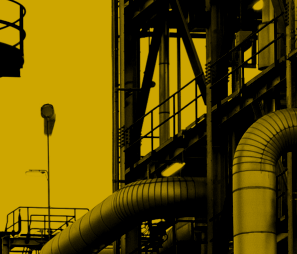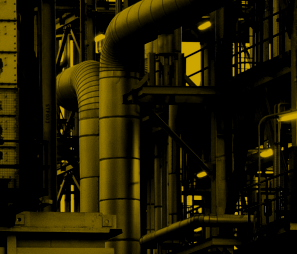Today, XYZ Reality[1], the world’s leading Engineering Grade Augmented Reality (AR)™ solutions provider for construction, publishes a landmark report on the major challenges facing UK and US construction and the solutions that are being used today to combat them.
Carried out in partnership with market research experts OnePoll[2], the report surveyed 541 decision makers from the leading contractors in the United States and the United Kingdom, revealing the true scale of the delays and defects currently squeezing the sector’s already tight margins.
The causes we myriad, with ongoing supply chain disruptions (47%), rising construction costs (44%), and collaboration (39%) ranked by company executives as the top three greatest challenges for the coming year. Poor cooperation, coordination and skills were also flagged as major internal contributing factors.
Britain’s Rework Migraine
The research also gives crucial insights into the root causes of project delays and rework, as well as the implications on budgets and schedule, output and client satisfaction, going on to showcase technology’s role in improving productivity.
Taking a deeper dive into the UK-specific results, the findings reveal an alarmingly high number of respondents regularly miss deadlines (56%), with almost all companies polled reporting a backlog of projects. Design changes (28%), poor communication (27%) and labour shortages (23%) were the top three primary causes cited.
Quality remains an issue too. A significant minority, around a quarter of respondents, consider accuracy to be only “somewhat important”, which is surprising given the UK’s recent focus on building safety, regulations and compliance. Against this context, it’s easy to see why most respondents added they frequently encounter errors leading to rework, suggesting the need to prioritize timely completion may lead some to overlook the importance of maintaining high standards.
Commenting on the findings, XYZ Reality’s Founder & CEO, David Mitchell, said, “It’s incredibly concerning to see companies reporting frequent errors and project delays and is a stark reminder that we desperately need a proactive strategy and a forward-thinking approach in construction. If the industry is going to meet critical production and sustainability targets in such a challenging market, embracing digital transformation is no longer optional – it’s the essential key to unlocking productivity in the industry and dissolving the significant project backlog.”
The Human Factor
Exploring the numbers further, four fifths attributed poor quality assurance, error and resulting rework to human factors. Poor communication (41%), inexperienced workers (39%), insufficient supervision (32%) and design changes (30%) were consistently identified as the main reasons. Interestingly, under one in ten respondents blame ineffective technology.
Error and rework can quickly ramp up project costs, leading contractors to desperately seek ways to bring down elevated construction costs. The report revealed stockpiling (72%), the tendency to change project design (65%) and reduce overhead costs (54%) to be the key ways companies are balancing the scales. Technology is another popular option for cost control, pointed to by a majority 56% of firms, reflecting growing confidence in tech as a solution to many of the challenges facing construction today.
A changing tide
This shift in momentum was mirrored by three fifths of respondents highlighting technology as a leading solution for addressing rework and errors. AR was particularly popular, with its versatile technology, – including, but not limited to, onsite measuring, drawing and markup tools, and camera capture and model viewer applications – reportedly used by an impressive 73% of respondents. Similarly, Engineering Grade AR is predicted to have the biggest impact on onsite productivity, spotlighted by 71% of companies.
David concludes, “The UK construction sector has evidently embraced digital adoption to address these persistent issues, turning to advanced technology like Engineering Grade AR to provide a level of unparalleled accuracy and mitigate errors and delays. It’s also encouraging to see that cost and availability no longer seem to be the barriers they once were. However, as our report indicates, as good as these tools are, they’re only as good as those operating them – communication and collaboration must improve to realise their full potential to eliminate human error on-site, once and for all.”
Manufacturing & Engineering Magazine | The Home of Manufacturing Industry News















